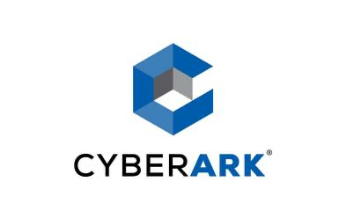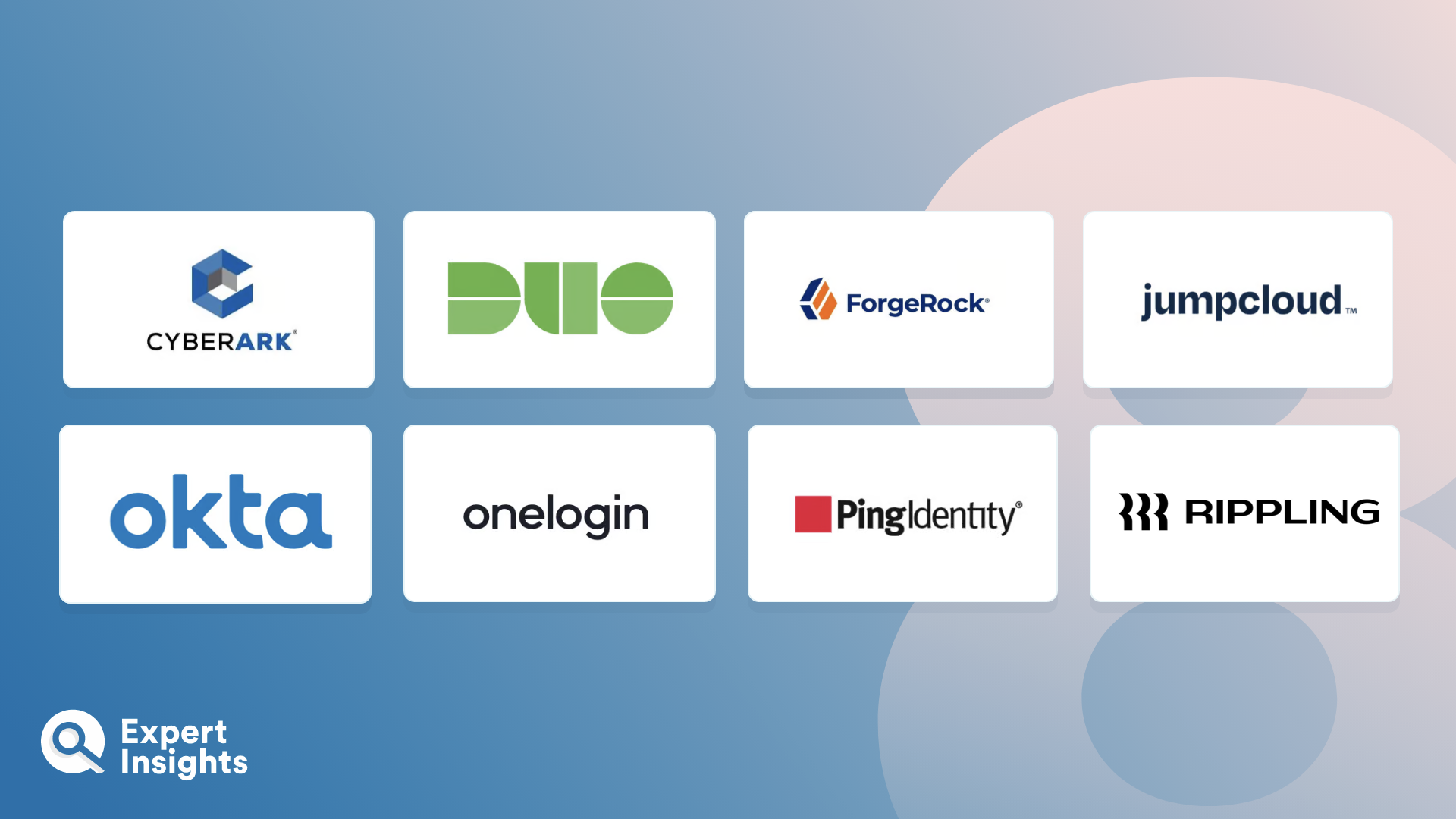Single sign-on (SSO) is a user authentication tool that is closely tied to a user’s session–or, in other words, the time spent browsing the web and using applications. Single sign-on basically allows users to sign in once with one set of credentials before the start of a session, automatically logging them into the accounts and applications they need during that session. The concept of single sign on capabilities essentially blends authentication and access control into one handy tool that aims to streamline a user’s session as much as possible by removing the fuss of repeatedly signing into every single application they visit.
A popular option is Microsoft SSO —and it’s easy to see why. Natively Microsoft and thus integratable with any existing Microsoft tools and programs, the solution streamlines users’ sessions and improves the user experience. Yet while Microsoft’s single sign-on tool has its strengths, it is not going to be a perfect fit for all organizations.
This product is a smart choice for organizations that have implemented Microsoft hardware and software across the board, but a lot of organizations also use other providers. Some organizations may require more granular integrations for example, or require single sign-on tools built into their internal web applications.















